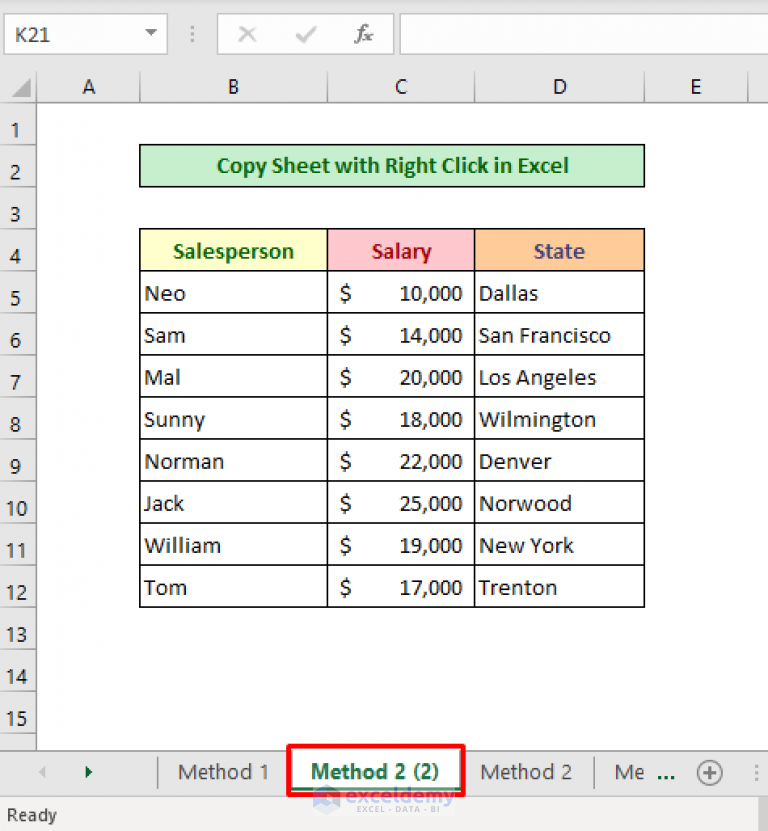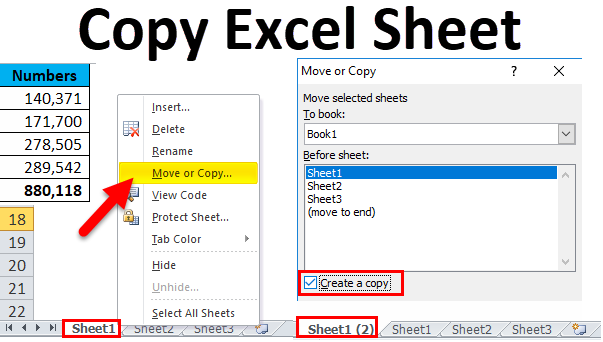Easily Copy Excel Sheet to Word with Formatting Intact

In today's digital age, the seamless transfer of data between applications like Microsoft Excel and Microsoft Word is essential for productivity. Whether you're compiling a report, preparing documentation, or sharing spreadsheet data in a narrative format, preserving the original formatting when copying an Excel sheet into Word is crucial. This blog post will walk you through the steps to copy an Excel sheet to Word with formatting intact, ensuring that your data retains its visual integrity.
Why Formatting Matters?

Before diving into the steps, let's understand why keeping the formatting intact is important:
- Data Integrity: The visual representation of data aids in quick comprehension.
- Professionalism: Consistent formatting makes documents look more polished and professional.
- Ease of Use: Readers or users can easily navigate through familiar layouts when formatting is preserved.
Step-by-Step Guide to Copy Excel Sheet to Word with Formatting

1. Prepare Your Excel Sheet

First, ensure that your Excel sheet is organized and formatted as you wish it to appear in Word:
- Check for merged cells, colors, fonts, and any specific formatting features.
- If possible, minimize complex formulas or VBA scripts that might not carry over.
🌟 Note: If your Excel sheet contains complex calculations, consider using static values or copying formulae as text to avoid loss of functionality.
2. Select and Copy the Excel Sheet

Here’s how to copy the data:
- Open your Excel sheet.
- Highlight the range of cells you want to copy. To select an entire sheet, click the triangle at the intersection of row numbers and column letters.
- Right-click and select “Copy” or press Ctrl + C on Windows, or Command + C on Mac.
3. Pasting into Word

Once you have copied the data, here’s how to paste it into Word while preserving formatting:
- Open your Microsoft Word document where you want to insert the Excel data.
- Place your cursor where the data should be inserted.
- Right-click and go to “Paste Options” or use the keyboard shortcuts Ctrl + Alt + V on Windows, or Option + Shift + Command + V on Mac to access the Paste Special dialog box.
- Select “Microsoft Excel Worksheet Object” from the “As” list. This option will ensure that the Excel sheet is pasted as an editable object within Word.
- Click “OK.”
The Excel data will appear in Word with all its formatting intact, including cell borders, font styles, background colors, etc.
4. Editing the Embedded Excel Sheet

After pasting, you can:
- Double-click on the embedded Excel object to enter edit mode.
- Make changes, format adjustments, or updates directly within Word.
This maintains the link between the original Excel file and the embedded object, so any changes you make here or in Excel will reflect across both documents.
5. Handling Large Data Sets

If your Excel sheet contains a large amount of data:
- Consider breaking it into multiple tables in Word to improve readability.
- Use Word’s table tools to adjust row height or column width, or to split merged cells.
- To keep the performance efficient, you might want to unlink the Excel object after pasting.
Troubleshooting Common Issues

Here are some common problems you might encounter and how to fix them:
- Formatting Loss: If the formatting isn’t preserved, check if you’ve selected the “Microsoft Excel Worksheet Object” option when pasting. If not, redo the copy-paste process.
- Large File Size: Embedded Excel objects can increase the file size significantly. To reduce this, consider pasting as a picture (but this will make the data static).
- Linking Issues: Ensure both files are saved in the same folder or on a shared network drive to maintain the link.
📌 Note: To avoid issues with formatting, always use "Paste Special" when transferring data between applications.
Conclusion

The process of copying an Excel sheet to Word while retaining formatting is straightforward when you follow the outlined steps. It not only preserves data integrity but also enhances the document’s professionalism and usability. With practice, you’ll find that this method can be applied to various data transfer needs, making your workflow more efficient.
Can I edit the data in Word after pasting from Excel?

+
Yes, you can double-click the embedded Excel object in Word to edit its content directly.
What happens if I update the original Excel file after embedding it in Word?

+
Changes in the Excel file will not automatically update in the Word document. You must manually update the link or re-embed the data.
How can I reduce the file size of my Word document when embedding Excel data?

+
One way is to paste as an image or unlink the embedded object, making it static within Word.



